The Crimes of Dorothy Erskine Muir
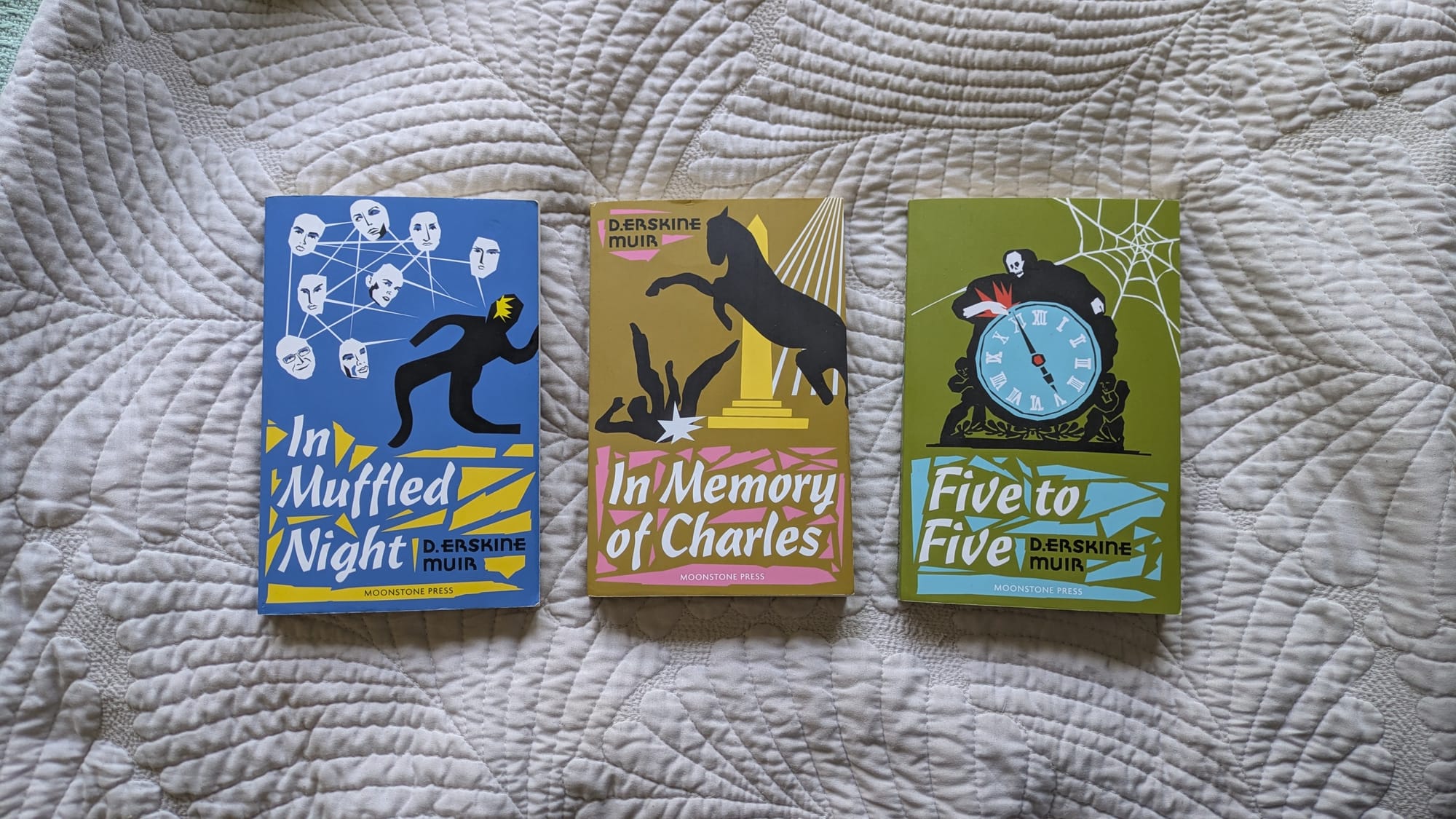
Dear listeners,
One of the best things about making Shedunnit is getting to introduce people to lesser-known books and writers that I think are really good. And that's what today's new episode and newsletter are all about: bringing the life and work of Dorothy Erskine Muir to your attention.
Dorothy Erskine Muir, or "D. Erskine Muir" as she was originally known on the covers of her three detective novels, was the pen name of Dorothy Sheepshanks Muir. She was born in 1889 and died in 1977. Her life spanned almost exactly the same period as Agatha Christie's and she went to the same Oxford college as Dorothy L. Sayers, but as far as I know she was never invited to join the Detection Club or have any closer contact with these or any other greats of the genre.
Yet her crime fiction, to my mind, holds its own with the best of the 1930s and 1940s. Her three novels received some good reviews when they were first published, but did not make enough of an impression to survive in print through the second half of the twentieth century. I suspect it also wasn't lucrative enough for Erskine Muir to give up her day job tutoring candidates for Oxford University entrance to produce more detective fiction.
As is often the case with writers who were not especially prolific, her name quickly dropped out of sight when later critics were looking back on interwar crime fiction. It is only thanks to the new editions from Moonstone Press that have been published in the last few years that we can read her easily today. And we should be reading her — I hope the new episode will whet your appetite to pick up one of her books, if you haven't already.
So, to look a little closer at these three books. In Muffled Night appeared in 1933, Five to Five in 1934 and In Memory of Charles in 1941. The first two share a detective — a persistent, moral sleuth from Scotland Yard called Inspector Woods — while the third stands alone in that regard. All three are concerned with the murder of an unpleasant authority figure and the ramifications that this has for their families and dependents. The books also deal in a familiar golden age milieu, focusing mostly on middle and upper class people in comfortable dwellings, both in the city and in the countryside.
Where these three novels stand out is in their relationship to real life crimes. For each book, Erskine Muir took as her starting point an actual murder case. The ones for In Muffled Night and Five to Five are easily identified as the Sandyford case from 1862 and the Marion Gilchrist/Oscar Slater case from 1908. The author assures us in a prefatory note that In Memory of Charles is also based on a case that "really happened, in the way described, and it was solved in the way described, but not in this country", although neither I nor any other critics have so far been able to identify the events to which she is referring.
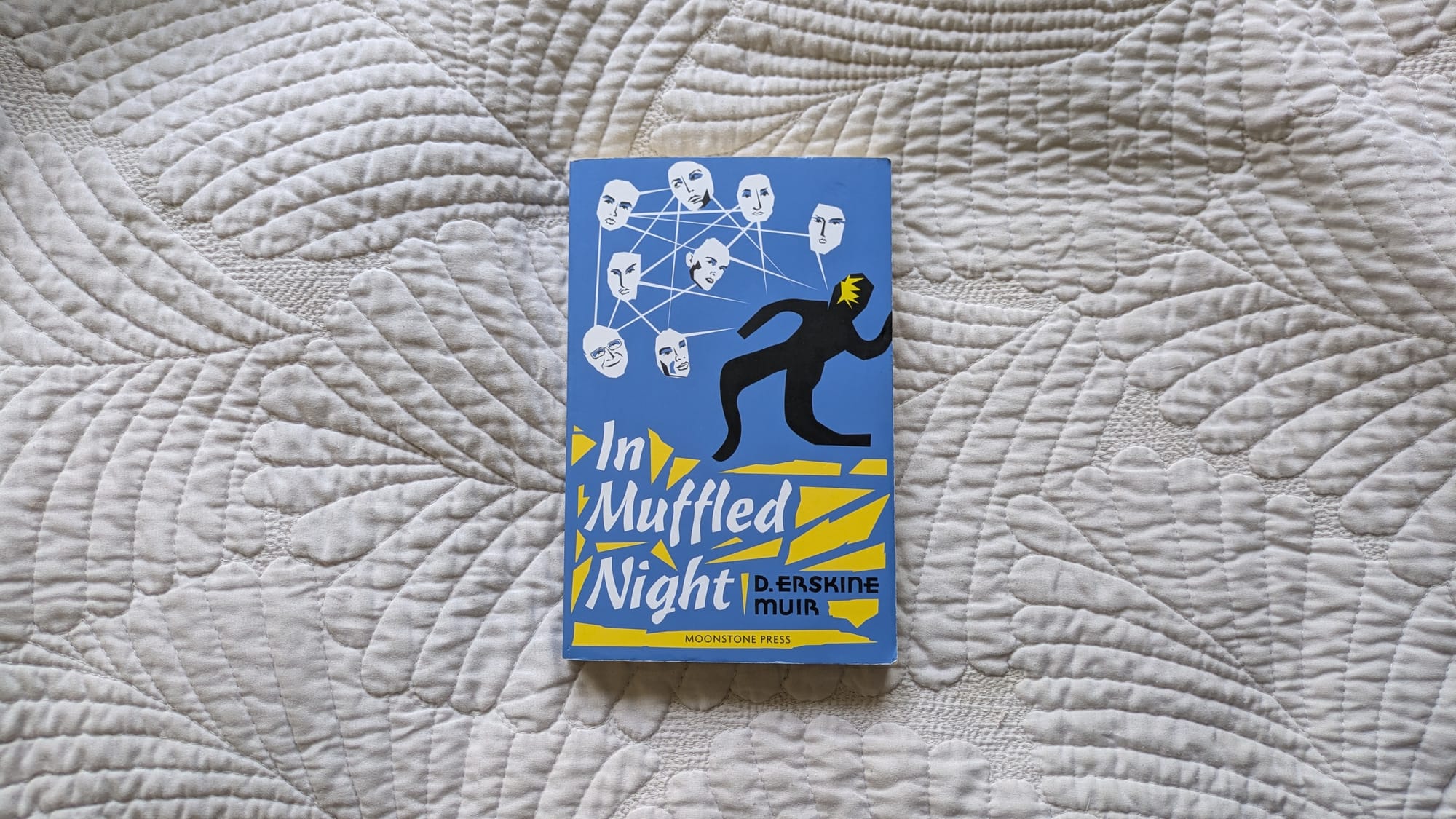
Basing a novel on a real life murder is not that exceptional. Many writers did it, from F. Tennyson Jesse's take on the Edith Thompson case in A Pin to See the Peepshow to Agatha Christie's use of the Lindbergh kidnapping in Murder on the Orient Express.
What struck me as unusual about Erskine Muir's project was that she very deliberately, I think, chose cases in which there had been no official solution. Both the Sandyford and the Gilchrist/Slater case resulted in a major miscarriage of justice, with an innocent person going to prison for many years on flimsy evidence, and no true perpetrator ever found. In her fiction, then, she rewrites a version of history and gives crime fiction fans a satisfying, logical solution to a series of events that, in reality, never had such a resolution.
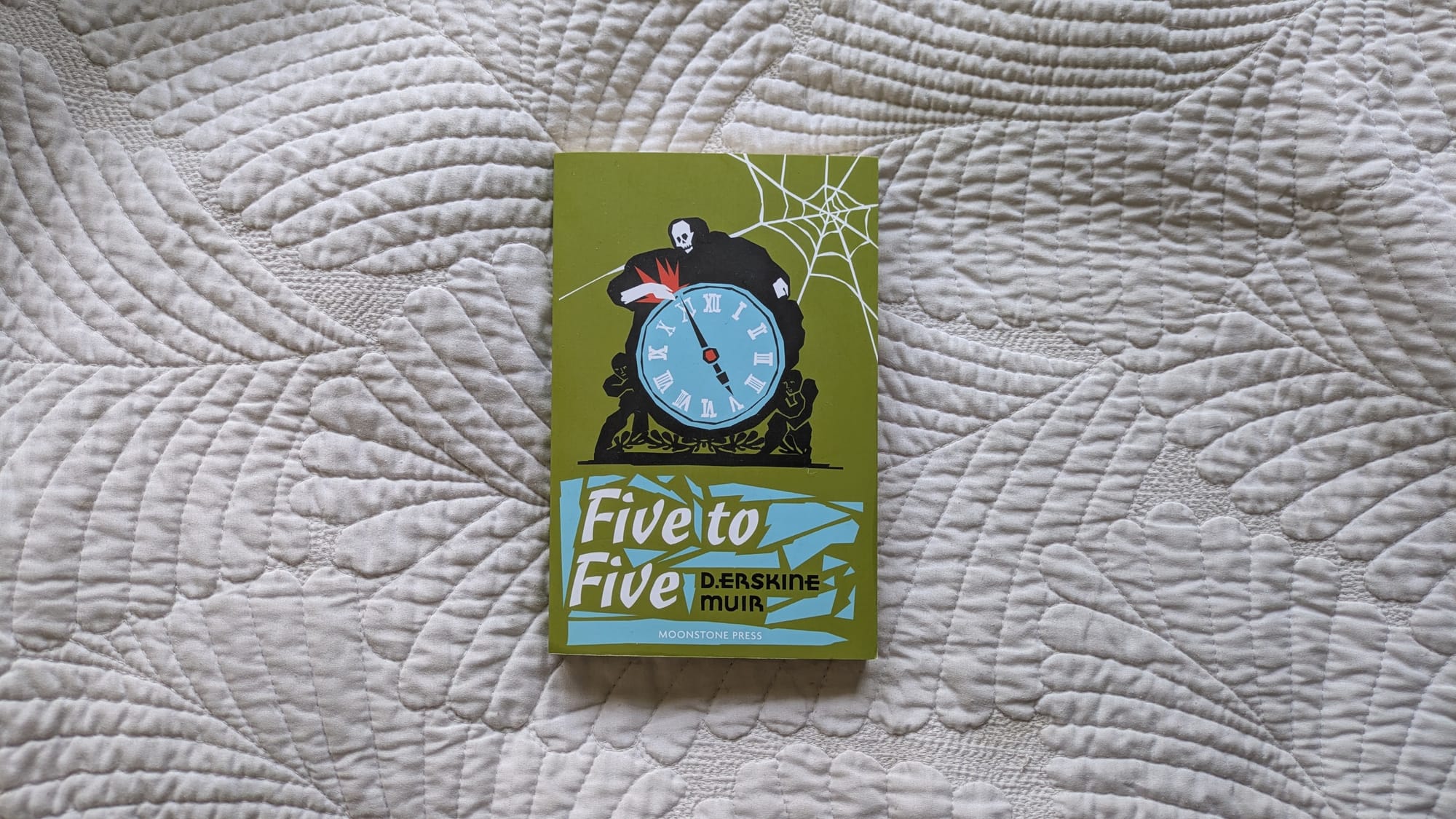
As a detective novel, I found In Muffled Night to be the most successful. Erskine Muir transplants the events of the Sandyford case from 1860s Glasgow to 1930s London, but keeps the essential details of a servant violently and fatally attacked in a house that is empty for the weekend other than her elderly and autocratic employer — who denies all knowledge of the event. For me, this book strikes the best balance between a richly-drawn scenario, a clever puzzle, a dogged investigation, and an eventual conclusion that highlights the fact that murder is, ultimately, not a fun puzzle but a devastating evil, no matter how cleverly it is done.
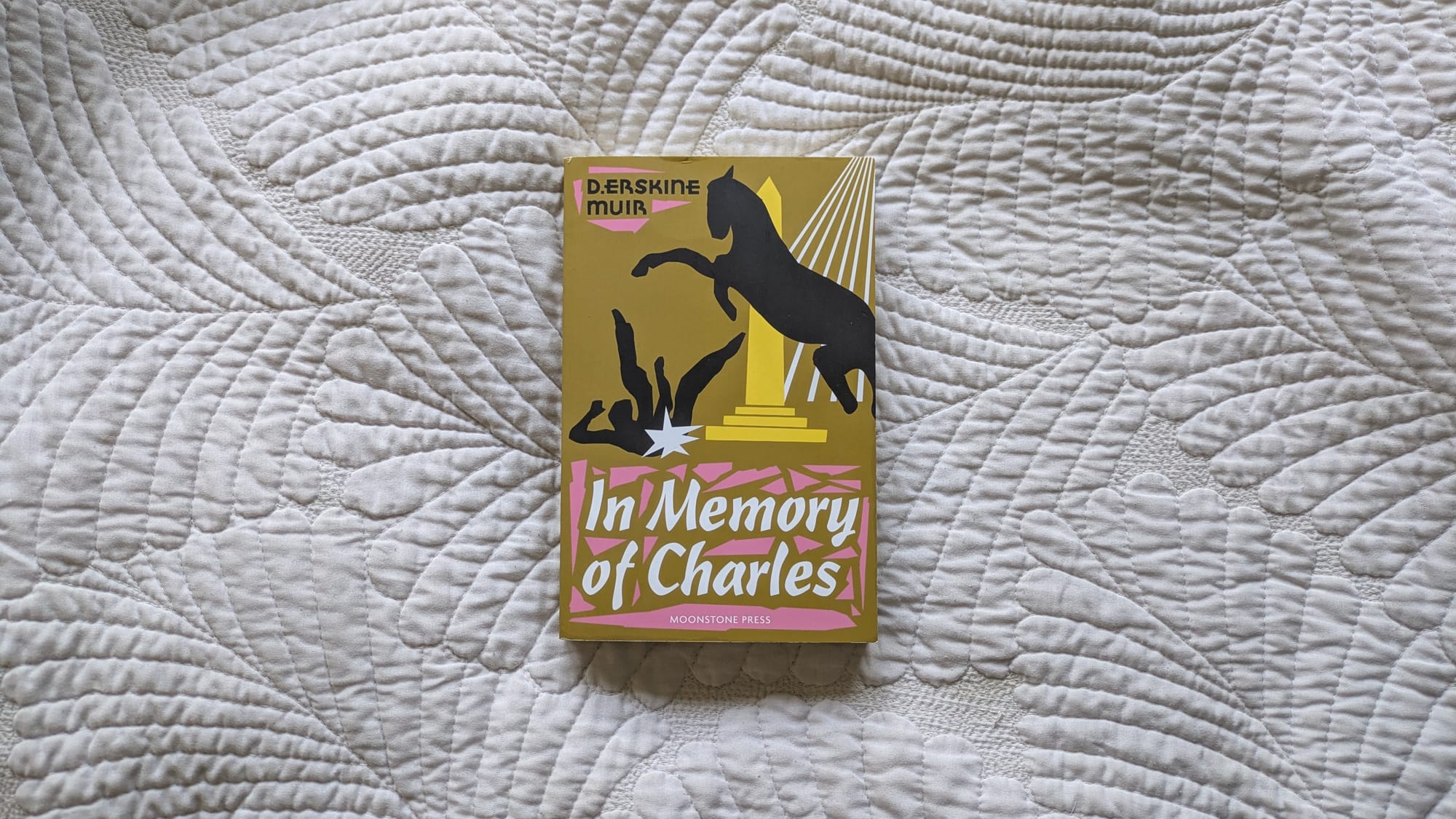
That's not to say that Five to Five and In Memory of Charles aren't worth reading too — the latter is more of a psychological novel than a novel of detection, so some readers who incline more to that side of things may even prefer it. Each represents an interesting fusion of true crime consideration with the conventions of golden age detective fiction.
As research for this episode, I also read Dorothy Erskine Muir's 1955 memoir Lift the Curtain, which covers the years from her birth until her brother William was killed in WWI in 1917. She had a pretty unusual childhood as one of the 17 children of John Sheepshanks, an Anglican vicar and later the Bishop of Norwich, and I found this to be a very evocative account of what was already quite an old-fashioned childhood in the early 1900s.
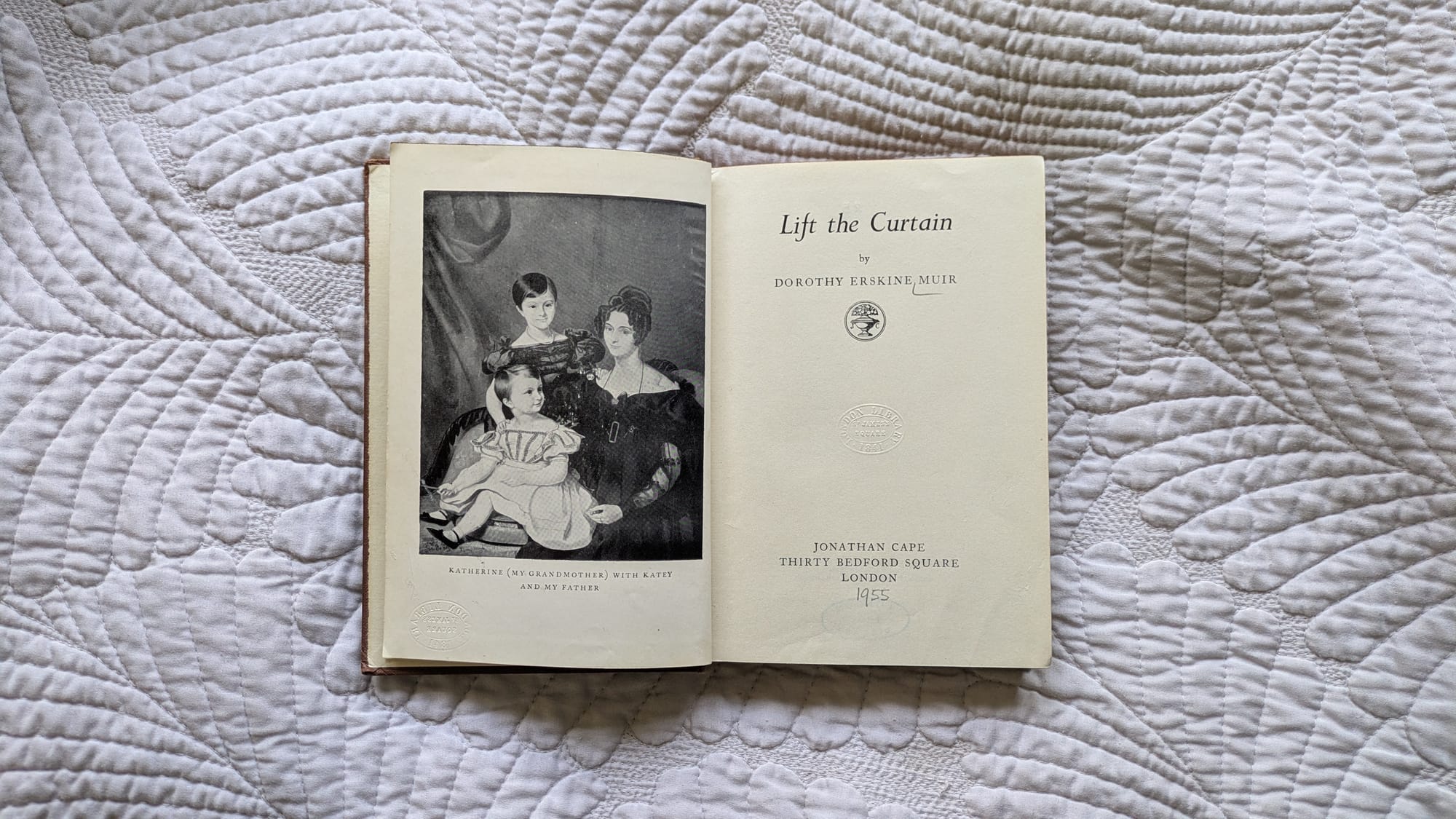
Sadly, this book has not been republished anywhere that I can see, but I was able to get it from the London Library so other similar institutions might still have it. As someone who absolutely loves a family tree in the start of a book, this one did not disappoint:
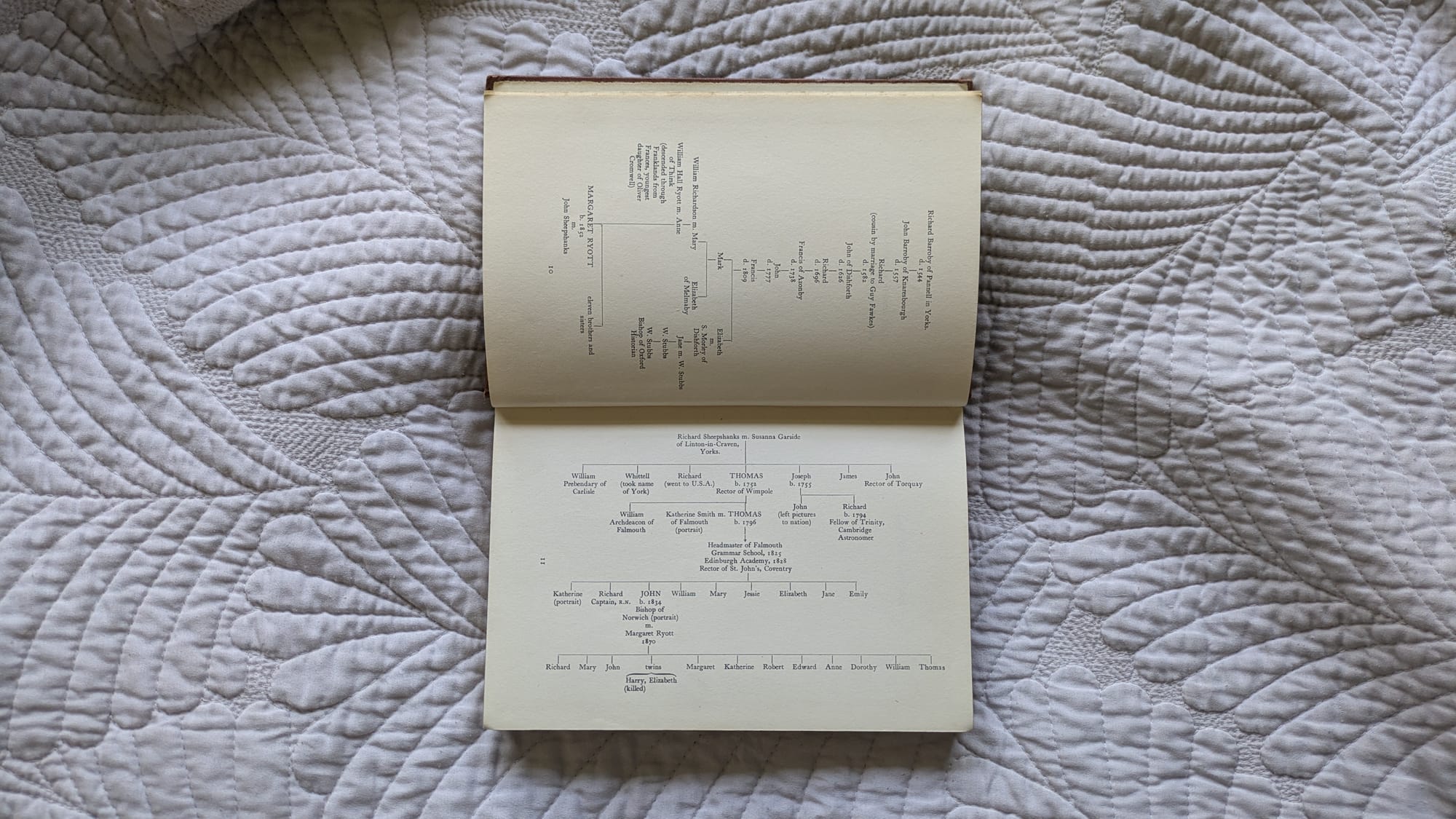
You can see Dorothy down there on the bottom right, with only William and Thomas being younger in the Sheepshanks family than she was.
If you have already read some Dorothy Erskine Muir detective fiction, or you pick it up after hearing this episode, do let me know how you get on — just reply to this email or leave a comment on this post here.
And before I go, if I could just alert you to the existence of the Shedunnit Listener Survey, which will be open for contributions for the next four weeks. This is a quick feedback form aimed at helping me better understand how you listen to the show and what you would like to see from it in the future — your responses will stay entirely anonymous and you can opt out of any questions you don't want to answer. It is really helpful for me to know what aspects of Shedunnit people enjoy, though, so that I can plan for the future. Take part here.
That's all for today — I'll be back on Monday with the first of our monthly reading recommendation round-ups.
Until then,
Caroline
You can listen to every episode of Shedunnit at shedunnitshow.com or on all major podcast apps. Selected episodes are available on BBC Sounds. There are also transcripts of all episodes on the website. The podcast is now newsletter-only — we're not updating social media — so if you'd like to spread the word about the show consider forwarding this email to a mystery-loving friend with the addition of a personal recommendation. Links to Blackwells and Moonstone Press are affiliate links; if you make a purchase at these retailers the price is the same for you but the podcast receives a small commission for referring you.
